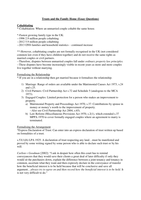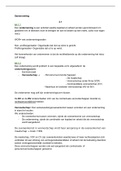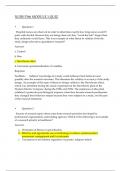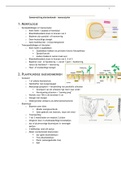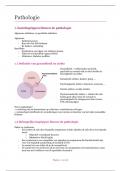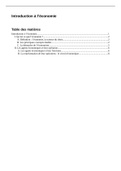Cohabitating
*-Cohabitation: Where an unmarried couple cohabit the same house.
*-Fastest growing family type in the UK:
--1996 2.9 million people cohabiting
--2012 5.9 million people cohabiting
--2013 ONS families and household statistics – continued increase
**-However, cohabitating couples are not formally recognised in the UK (not considered
common law even if they have children together) and do not receive the same rights as
married couples or civil partners.
--Therefore, disputes between unmarried couples fall under ordinary property law principles.
--These disputes have become increasingly visible in recent years as more and more couples
live together without marrying.
Formalising the Relationship
*-If you are in a relationship then get married because it formalises the relationship.
1) Marriage: Range of orders are available under the Matrimonial Causes Act 1973, s.24
and s.25.
2) Civil Partners: Civil Partnership Act s.72 and Schedule 5 (analogous to the MCA
1973).
3) Engaged Couples: Limited protection for a person who makes an improvement to
property.
a) Matrimonial Property and Proceedings Act 1970, s.37: Contributions by spouse in
money or money’s worth to the improvement of property.
--Also see Civil Partnership Act 2004, s.65).
b) Law Reform (Miscellaneous Provisions Act 1970, s.2(1), which extended s.37
MPPA 1970 to cover formally engaged couples where an agreement to marry is
terminated.
Formalising the Arrangement
*Express Declaration of Trust: Can enter into an express declaration of trust written up based
on formalities of a trust.
s.53(1)(b) LPA 1925: A declaration of trust respecting any land…must be manifested and
proved by some writing signed by some person who is able to declare such trust or by his
will.
Carlton v Goodman [2002]: “I ask in despair how often this court has to remind
conveyancers that they would save their clients a great deal of later difficulty if only they
would sit the purchasers down, explain the difference between a joint tenancy and tenancy in
common, ascertain what they want and then expressly declare in the conveyance of transfer
how the beneficial interest is to be held because that will be conclusive and save all
argument…always try to agree on and then record how the beneficial interest is to be held. It
is not very difficult to do.”

